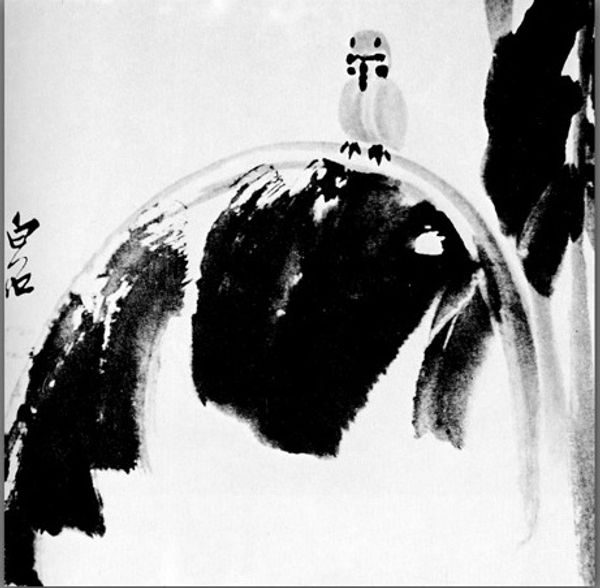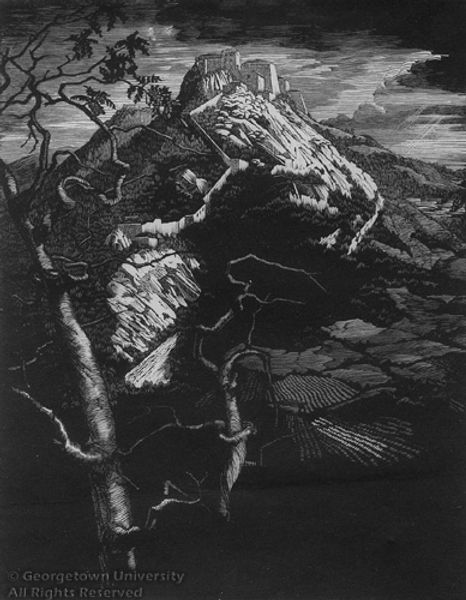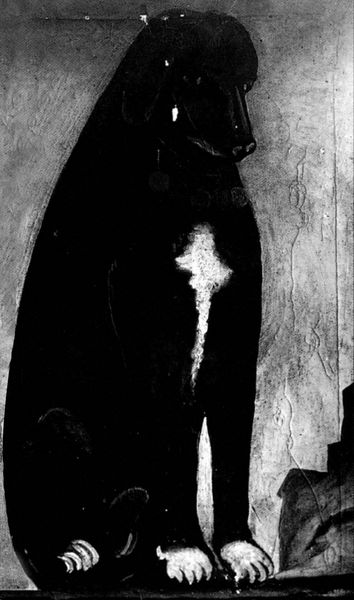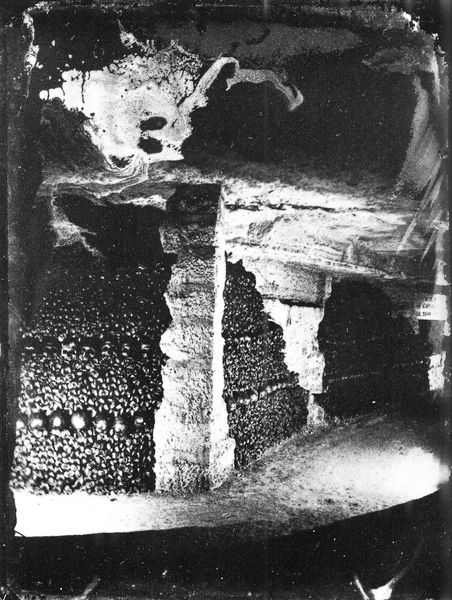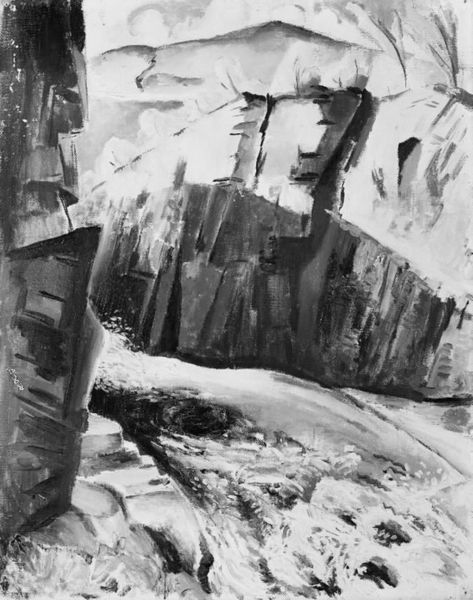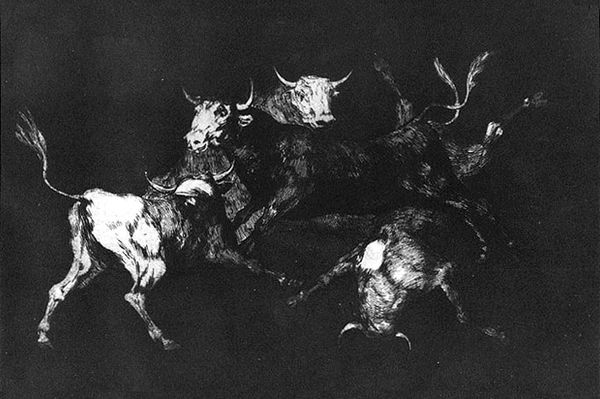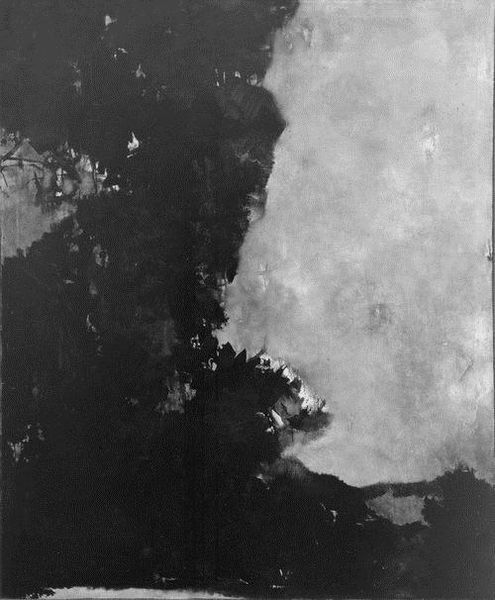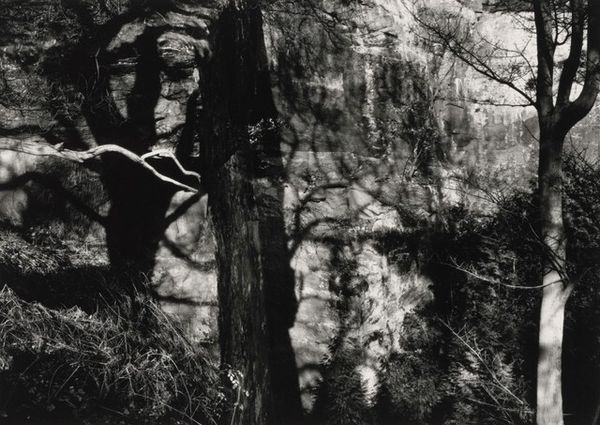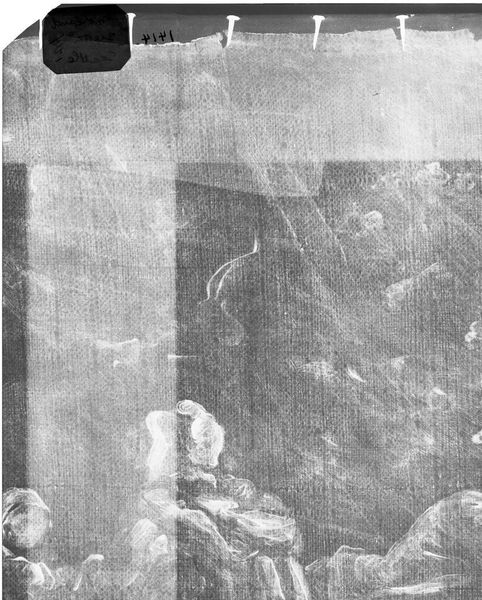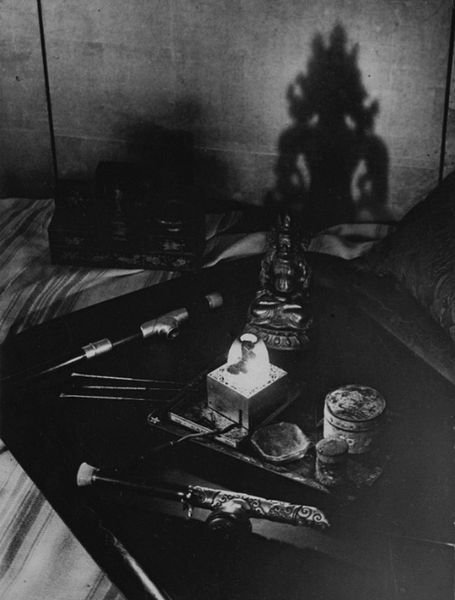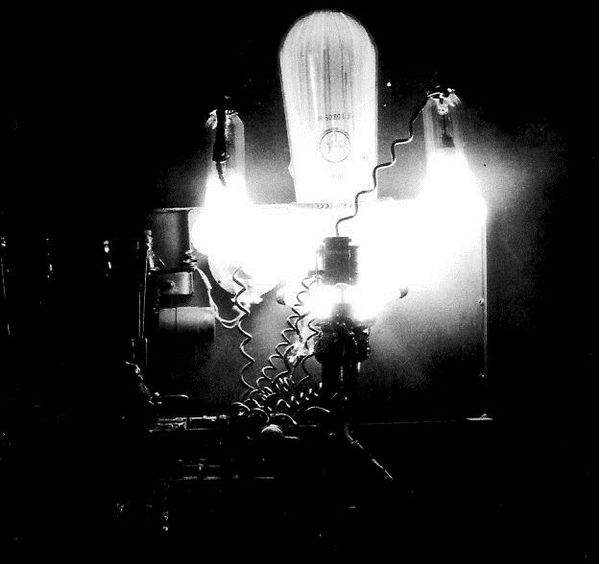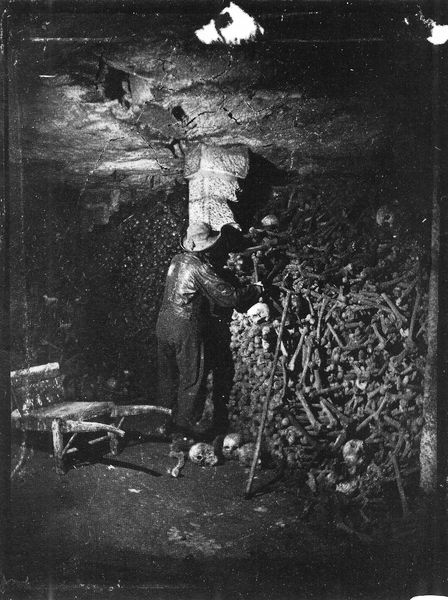
etching
#
allegories
#
allegory
#
narrative-art
#
symbol
#
etching
#
figuration
#
form
#
romanticism
#
history-painting
Copyright: Public domain
Francisco de Goya produced this disturbing print, 'The Madness of Fear', using etching and aquatint. It is an image that captures the social and political anxieties of early 19th-century Spain. Goya lived through a period of immense upheaval, including the Napoleonic Wars and the subsequent restoration of the monarchy. His work often reflects the violence and irrationality he witnessed. In this print, the dark, shadowy figures and chaotic composition evoke a sense of terror and disorientation. The central figure, shrouded and menacing, seems to embody the oppressive forces at play in Spanish society. Goya was working in a time of deep social and political unrest, and ‘The Madness of Fear’ can be understood as a critique of the institutions and power structures that perpetuated violence and injustice. Art historians have used sources such as political pamphlets, newspaper accounts, and personal letters to understand the context in which Goya created this image. Understanding this history helps us to see it not just as a depiction of individual madness, but as a reflection of a society gripped by fear and repression.
Comments
No comments
Be the first to comment and join the conversation on the ultimate creative platform.

